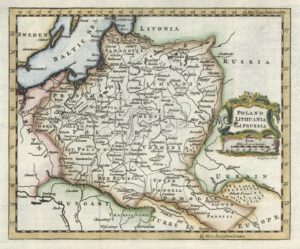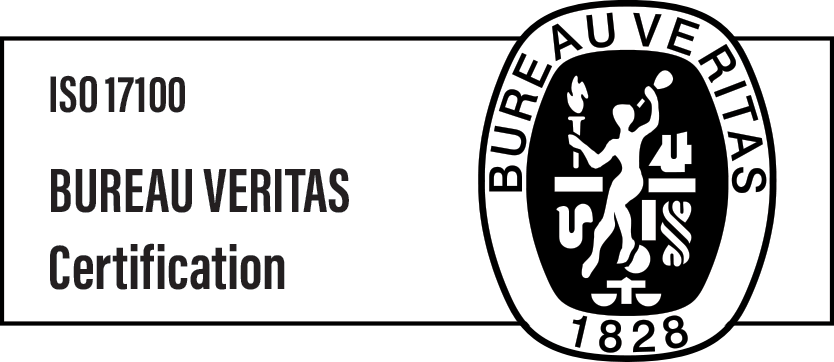A Brief History of Poland – Part 1
A Brief History of Poland
Everyone has heard of Poland, but not many people know her history. That’s why over the next two weeks, we’re going to be taking a look at Poland’s history. From the humble settlements of the dark ages to the sixth largest economy in Europe, we’ll take you on a journey through time.
The birth and rise of Poland
Welcome to the what was thought to be the end of the world, the Middle Ages. After the fall of the mighty Roman Empire, Christianity was free to spread like wildfire through Europe. This led to most Europeans becoming nomadic, constantly searching for retribution.
The territory of today’s Poland was inhabited by many tribes, the strongest of them, Polans (Polanie in Polish), gave name to the nation.
The area of central Europe known today as Poland can trace its history back to the Middle Ages. The first recorded dynasty was the Piasts. The Polans tribe, led by Duke Mieszko, settled in the region after the Germanic tribes had left. His main aims were claiming the land and building forts. The Duke was baptised in 966 AD which was the main reason that Christianity was the country’s first religion, and still is today in fact.
The Piast peri od of growth and prosperity lasted till roughly 1385. Over the period, Poland had grown in all aspects of art, culture, and most importantly political stature. After the death of the last duke of the Piast era, he didn’t have a male heir to succeed him. This led to a new period of Polish history known as the Jagiellonian era. The 14th and 16th centuries brought about a cultural Renaissance in Poland. This period also brought ties with the Grand Duchy of Lithuania. This led to the joint expansion of territories, eventually culminating in the Polish-Lithuanian Commonwealth in 1569.
od of growth and prosperity lasted till roughly 1385. Over the period, Poland had grown in all aspects of art, culture, and most importantly political stature. After the death of the last duke of the Piast era, he didn’t have a male heir to succeed him. This led to a new period of Polish history known as the Jagiellonian era. The 14th and 16th centuries brought about a cultural Renaissance in Poland. This period also brought ties with the Grand Duchy of Lithuania. This led to the joint expansion of territories, eventually culminating in the Polish-Lithuanian Commonwealth in 1569.
After establishing a noble democracy in the country, midway through the 17th century, the state entered a period of decline caused by devastating wars and an eroding political system. Some much needed internal reforms were then made during the later part of the 18th century, the most notable reform being the Constitution of May 3rd, 1971. Sadly the neighbouring powers of the Commonwealth prevented any further advancement. In 1795, after a series of invasions from nearly all sides, including the Russian Empire, the Kingdom of Prussia, and the Austrian Habsburg Monarchy, the Commonwealth union and Poland as a truly free independent state came to an end.
In Part 2, we’ll take a look at the Polish Resistance Movements and Poland’s Part in the both World Wars.
AploqTranslations would like to thank Medievalists.net for the resources used in writing this week’s post


Comments are closed.